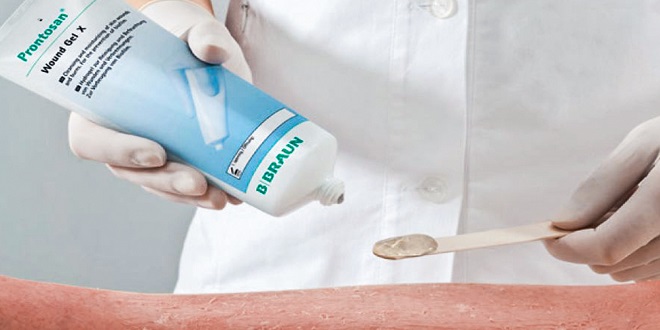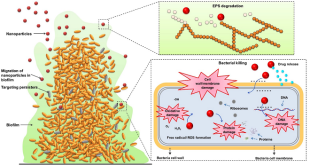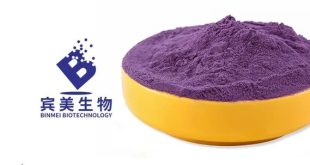There are many types of wounds, and each requires a different type of care. This guide will outline the most important wound care supplies, as well as the best ways to use them.

Here is a quick guide to wound care supplies and dressings for each type of wound.
Cuts:
Clean the wound with soap and water. Apply an antibiotic ointment to the area if available. Remember to cover the wound with a sterile adhesive bandage or wrap. If the cut is very deep or enters the skin, then see a doctor.
Scrapes:
Clean the skin with soap and water. Apply an antibiotic ointment to the area if available. Cover the scrape with a sterile adhesive bandage or wrap. If it’s a large scrape, see a doctor.
Bruises:
If the bruise is only slightly blue, yellow or red, you can treat it at home by elevating the arm or leg for 10 minutes every 2 hours until it subsides. If it’s more severe, see a doctor. If you can’t take any more pain, apply an ice pack to the bruise for 20 minutes every 4 hours until it goes away.
Picking the right wound care supplies
When it comes to wound care supplies, it’s important to have the right ones for your specific needs. This means finding products that are effective and safe for you and the person you’re caring for. Here are some tips on how to pick the right wound care supplies of Winner Medical:
-Start by considering the type of wound you have. Are you treating a finger or a head wound? Are you trying to prevent infection or promote healing?
-Consider how your wounds will be used. If you’re going to use a bandage, make sure it’s self-adhesive so that it doesn’t require any adhesive tape or glue. If you’re using a dressing, make sure it’s easy to remove so that you can monitor your wound for signs of infection or redness.
-Be sure to have all the supplies you’ll need on hand before starting treatment. This includes water, soap, gauze pads, adhesive tape, and tweezers.
-If your wound starts to become red and swollen, don’t hesitate to contact your doctor or nurse for advice on how to proceed. You may need antibiotics or an increased dosage of pain relief medications.
How to use wound care supplies
If you’re anything like me, you probably have a drawer full of supplies meant for various injuries and scrapes. But, what do you do with all of them when it comes to wound care?
Here are three key tips for using wound care supplies:
- Make sure all of your supplies are clean and free of debris. This includes equipment like needles and spoons as well as dressings and tapes.
- Always keep a supply of fresh water nearby in case necessary. This is especially important if you are applying dressings or irrigation fluids directly to the wound.
- Apply dressings and tapes in a smooth, even layer over the wound surface. And, avoid applying pressure to the wound – this can cause pain and increased inflammation.
Conclusion
When it comes to wound care supplies and dressings, there is a lot to consider. This guide will help you find the supplies you need and give you some tips on how to use them most effectively. By following these guidelines, you should be able to keep your wounds clean and free from infection while healing quickly. Thanks for reading!
 Pagal World
Pagal World




